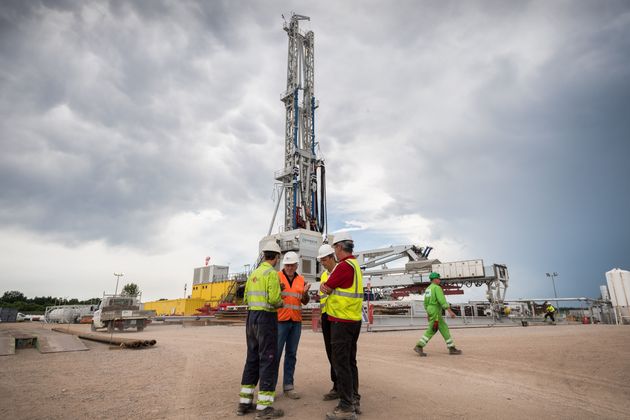
Balancing the nexus between improving the UK’s energy security, meeting our climate change targets and keeping tariffs down for consumers is no mean feat. The trilemma which has for so long troubled energy policy makers of all political colours has always been about compromise. The truth is, there is no silver bullet to this problem. Coal, oil, gas, renewables, nuclear – no single energy source can be relied upon to provide both base load power and meet demand during times of peak demand.
The lack of a single solution means we must create an array of policy options to address this problem. One such solution is the emerging use of geothermal power at a local level which can also help provide much-needed employment opportunities for former coalfield communities which have suffered from the loss of skilled jobs over the last few decades.
When people consider geothermal energy, many wrongly assume that the extraction of such energy sources is principally undertaken near to volcanic sites. Thankfully, in many respects, the UK does not give rise to such an option. In the British context, geothermal energy arises in two forms: that which occurs naturally in geological features and heat stored within former mine workings. Most importantly, these sources are virtually carbon-free.
In Ogmore, Bridgend County Borough Council has commissioned a survey to ascertain whether water held in the former Caerau colliery in the Llynfi valley could provide a sufficient heat source for a project. If the survey results are positive, there are proposals for a geothermal energy project to generate energy for nearly 1,000 homes across the Llynfi valley. This could provide safe, reliable and cost-effective heat and build a green energy industry in the heart of the south Wales coalfields.
If the project is successful, Caerau will be catapulted to the forefront of the UK’s energy revolution. This has only been made possible via effective collaborative working between the Welsh Labour Government, Bridgend County Borough Council, Cardiff University, the private sector and the European Union. This project could provide an effective blueprint for how regions across the UK can improve sovereign energy supply security, improve our national performance towards climate change targets and maintain affordable tariffs for consumers. It cannot be overstated however that such a local project provides the much-needed subsidiary benefit of helping to bring investment back to our coalfield communities which have felt the brunt of deindustrialisation for far too long.
Likewise, the Butterknowle fault which lies beneath Auckland Castle, Durham, is a geological feature where coal was mined during Roman times through until the mid-twentieth century. Now the coal deposits have been exhausted, significant scope for geothermal energy has been discovered. At a depth of 1.5 kilometres, the ground temperature is approximately 73 degrees Celsius. This provides another prime opportunity for heat extraction relatively easily. Not only would a project at this location be of similar benefit in terms of meeting the demands of energy policy to the one being established in Caerau, the nearby villages of Evenwood and Cockfield are not currently on the national gas grid. This means fuel bills are currently very high, with fuel poverty rates being concurrently inflated. This project provides a timely solution to an area which has struggled with energy costs for a prolonged time period. Nearby, on the old Durham coalfield in Spennymoor, there is heat in old mine workings which Durham University has shown could heat new housing developments.
It’s truly staggering that, across the UK, one quarter of homes are sited above former mine workings. This provides scope for potentially seven million homes which could use mine water heat instead of gas to heat households in a sustainable manner. Therefore, this solution which at first sight appears to be a very local option, could be of benefit to many communities which had never previously considered it to be an option.
In terms of profitability, this means there is a largely untapped sector out there which could have a turnover of up to £2.5billion and net profits of around £250million. The profitability of the initial ventures into this industry will, of course, prove crucial in terms of how this energy source expands in the future, but these figures and opportunities such as the ones we have discussed, provide real optimism for this policy problem.
There are few energy sources which tick all of the boxes in terms of energy policy. By addressing climate change, providing stability for consumers, improving our energy security, creating jobs and additional sources of income for businesses, local geothermal energy sources are truly unique.
It’s time to drill for our energy – sustainably, for once.